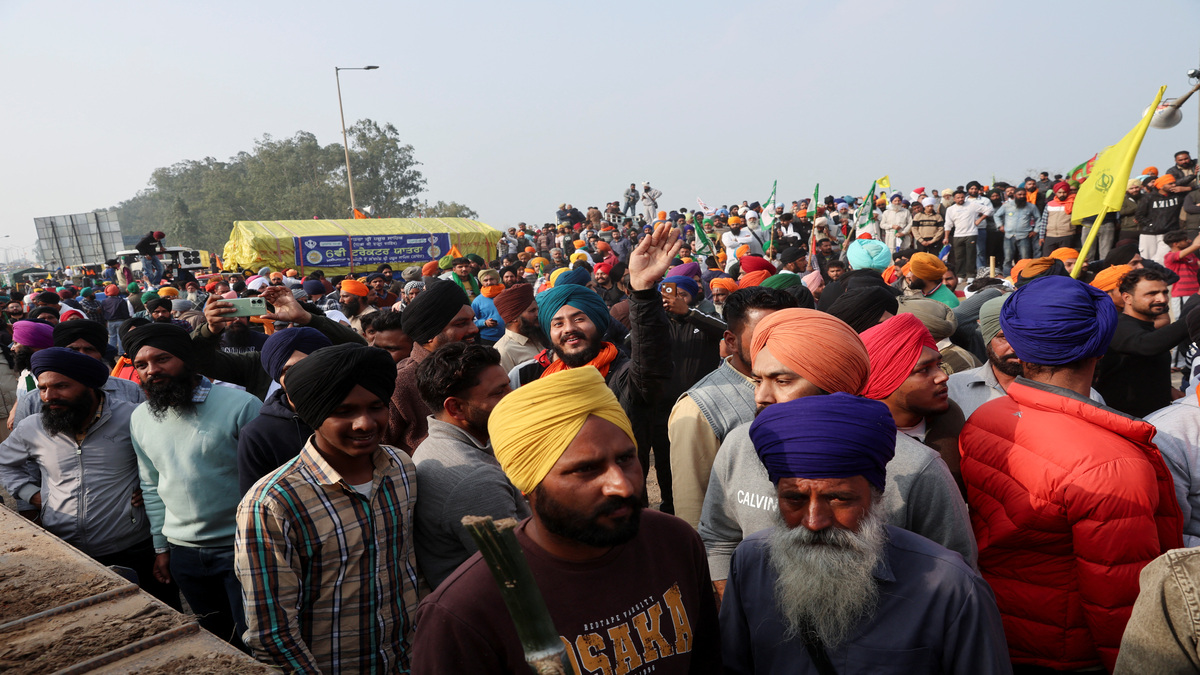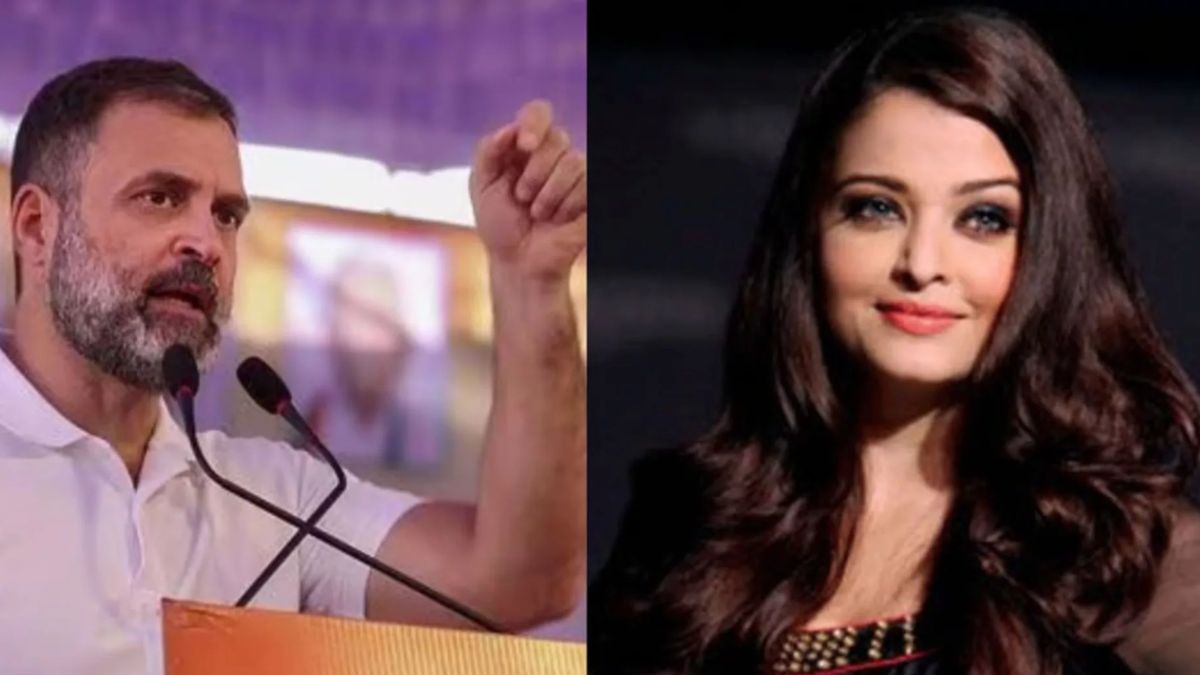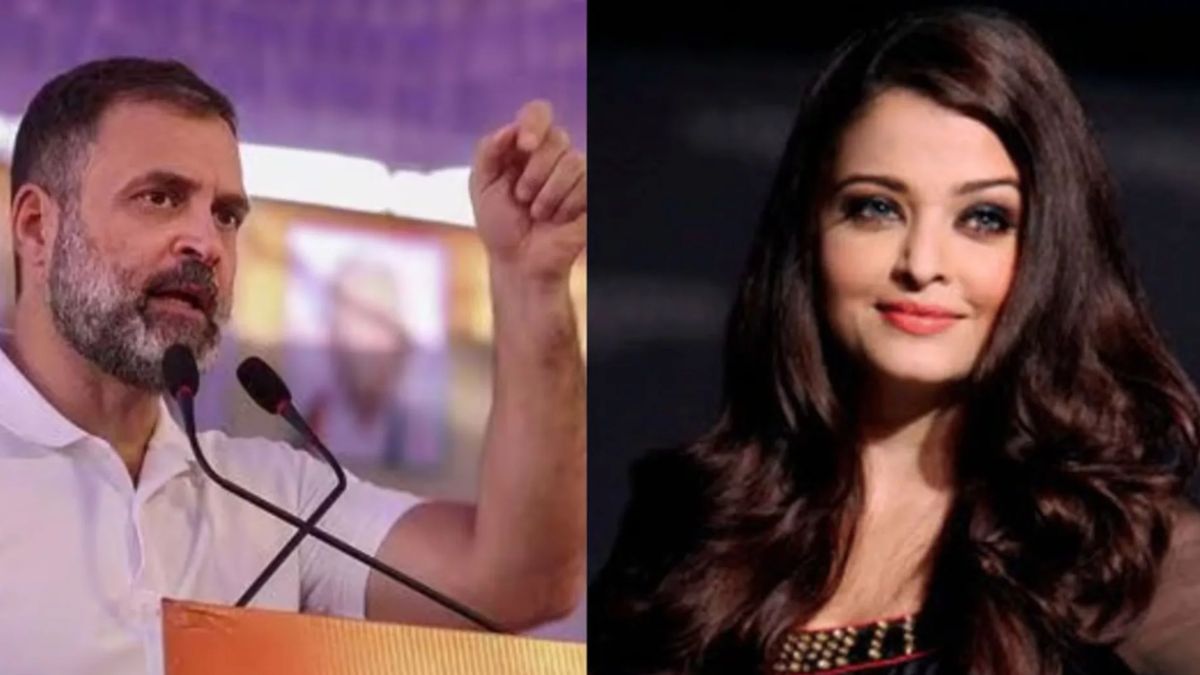By Sanjay Kumar
There is enormous curiosity about which alliance is going to win the assembly elections in Bihar. People and politicians may or may not believe in surveys, but there is still a natural tendency to look for what they are saying.
Surveys conducted so far in Bihar seem to have failed in giving a clear sense which party/alliance is winning in Bihar. Some indicate a lead for the BJP allies over the Mahagathbandhan while others convey the opposite. Since the findings reflect contradictory trends, to many it seems they have failed. But if we believe that the results will necessarily be what surveys have indicated, it would be an incorrect expectation.
Surveys have indicated where alliances stand before the first vote has been cast on 12 October. And it is clear that the two are locked in a tight electoral battle. Those who do not believe the surveys, tend to ask the common people about who might win the election. But this election seems to be tough even for a common man. Ask anyone in Bihar a simple question: Is baar chunaav me kiske hawwa hai? (which way is the wind blowing in this election?) The most likely reply is: Kuch kah nahi sakte, takkar hai (can’t say for sure, it is a close fight).
Even the past electoral results and the new alliance pattern suggest the two alliances, the JD(U)-RJD-Congress and the BJP-LJP-RLSP-HAM, at this moment, seemed to be locked in a very close electoral battle.
Going by the results of the 2014 Lok Sabha elections, the two alliances command more or less the equal vote share. The RJD-JD(U)-Congress alliance with 44.2 percent votes does lead over the BJP alliance with 38.7 percent votes, but Jitan Ram Manjhi switching from the JD(U) to the BJP side equalizes the votes. One could safely assume that Manjhi with his dalit support commands about 5-6 percent votes.
Both sides are are equally poised in various respects. In terms of personal popularity and how people see the two leaders Nitish Kumar and Narendra Modi, both seem to be equally popular. People are equally satisfied with the work done by the Nitish Kumar government in the state as well that of the Modi government in the Centre. Similarly, the two leaders are rated equally good or bad by the voters and none of them seem to have any decisive advantage over the other. So neither of these alliances seems to have a clear advantage with regard to the leadership issue even when the election is billed to be a direct contest between the two leaders.
The elections seem to be tight even in terms of how different castes seem to be taking sides. The upper castes and the Dalits appear polarized in favour of the NDA alliance while the Yadavs and Muslims seem polarized in favour of the Mahagathbandhan. These combination of castes are more or less in equal numbers. In such a situation, much would depend upon how the numerically large most backward castes vote in these elections. There are many sub-castes in this group and they together constitute nearly one fourth of the state’s electorate. In the 2014 Lok Sabha election, there was a massive shift in their voting preference. Amongst the Lower OBC caste voters, 42 percent voted for the BJP alliance while only 10 percent voted for the RJD alliance. The JD (U) managed only 19 percent of the Lower OBC votes. Whichever alliance manages to mobilize them towards their side would take the lead.
There still remain many ifs and buts about how the election would finally unfold. It’s true that people are positive about the developmental work of Nitish government, but one should remember, BJP was part of the government for a very long time. The JD(U), which contested the 2010 assembly election against the RJD in alliance with BJP, has joined hands with the former now. It is still unclear if the same voters who voted for the JD(U) in large numbers or who appreciated the work of the Nitish government when in alliance with BJP would still consider voting for Nitish Kumar when he is with Lalu. There still remains a question mark about how polarized would Muslim voters be in favour of the Nitish-Lalu alliance with Asauddin Owaisi’s MIM contesting elections in Seemanchal.
How polarized would be the Yadavs in favour of Lalu-Nitish combine with the third alliance led by Mulayam Singh Yadav and Pappu Yadav in place? It also remains to be seen if Lalu’s aggressive caste campaign still appeals to the voters of Bihar or if the strategy would backfire as development has become the mantra in these elections. It still remains to be seen if the Lalu will be able to mobilise the OBC even more aggressively, citing Mohan Bhagawat’s recent statement about need for review of the reservation policy; or if the beef controversy will result in uniting the Hindus, who remain divided on caste lines, in a bigger way.
(Sanjay Kumar is Professor and Director, Centre for the Study of Developing Societies (CSDS). Views are personal.)


)




)
)
)
)
)
)
)
)